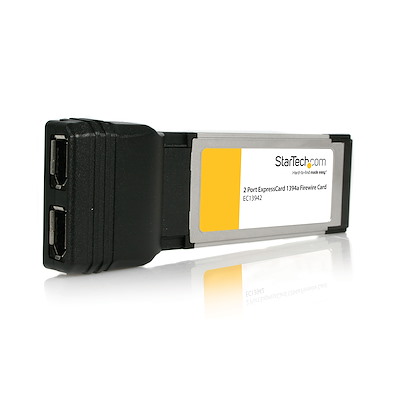

Gap count optimization occurs only if the 1394ohci.sys bus driver determines that the local node is the bus manager. For example, if the system that is running 1394ohci.sys has a host controller that complies with IEEE 1394b but all devices on the bus comply with IEEE 1394a, then the new 1394 bus driver tries to optimize the gap count. The default behavior of the 1394ohci.sys bus driver is to optimize the gap count when it finds only IEEE 1394a devices on the 1394 bus, excluding the local node. All other members NODE_DEVICE_EXTENSION are nonstatic, which the client driver must not reference. The static members of NODE_DEVICE_EXTENSION that contain valid data are Tag, DeviceObject, and PortDeviceObject. When a client driver uses the new 1394 bus driver, they must make sure that the data accessed in NODE_DEVICE_EXTENSION is valid. In 1394ohci.sys, this structure remains at the same location as in the legacy 1394 bus driver, but the nonstatic members of the structure might not be valid. This device extension is described by the NODE_DEVICE_EXTENSION structure. NODE_DEVICE_EXTENSION Structure UsageĪ client driver can reference the device extension in the 1394 bus driver associated with the physical device object (PDO) for the device that the client driver controls. This requirement is due to the 1394ohci.sys bus driver's exclusive use of short (arbitrated) bus resets. It does not support a PHY that supports IEEE-1394-1995. The 1394ohci.sys bus driver requires a physical layer (PHY) that supports IEEE-1394a or IEEE-1394b. For more information about how the new 1394 bus driver retrieves the contents of a node's configuration ROM, see Retrieving the Contents of a IEEE 1394 Node's Configuration ROM. The 1394ohci.sys bus driver also uses the values that are specified in generation and max_rom entries of the node's configuration ROM header to improve the retrieval of the remaining content of the configuration ROM. The legacy 1394 bus driver uses asynchronous quadlet reads at S100 speed-or 100 megabits per second (Mbps). The new 1394 bus driver tries to use asynchronous block transactions at faster bus speeds to retrieve the contents of a node's configuration ROM. The status of the completed I/O request is in the IRP. You can provide an I/O completion routine that is called after the request is complete. This behavior differs from that of the legacy 1394 bus driver, in which certain I/O requests complete immediately.Ī client driver must wait until I/O requests sent to the new 1394 bus driver are complete. This is not a redistributable driver that you can download separately.Īll I/O requests that are sent to the new 1394 bus driver return STATUS_PENDING because the 1394ohci.sys bus driver is implemented by using KMDF instead of WDM.
#1394 legacy driver download windows 8.1 install
It is automatically loaded when you install a 1394 controller. The 1394ohci.sys driver is a system driver that is included in Windows.


 0 kommentar(er)
0 kommentar(er)
